Nanzenji Temple
Once we had visited
Eikando Temple it was only a short walk to Nanzenji Temple. Alternatively, there
are also other ways to access Nanzenji, such as via a 20min ride on the subway
or a 35min bus ride both from Kyoto station, with the nearest subway station
and bus stop to Nanzenji being only a 5-10 minute walk away.
Nanzenji Temple is located at the base of the Higashiyama mountains which are covered in forests. It is the head temple of one of the Rinzai sects and is one of the most important Zen Temples in all Japan. Among the vast grounds there are multiple sub-temples that add to the already large complex of temple buildings. Nanzenji’s history dates back to the mid-13th century, where at the present location the Emperor at the time built his retirement villa, which was then later converted into a Zen Temple. The temple grew gradually after its founding, but it’s buildings were all destroyed during the civil war during the late Muromachi Period (1333-1573)…most likely the building burned down, sticking to the theme! So, the oldest of the current buildings were built after that period.
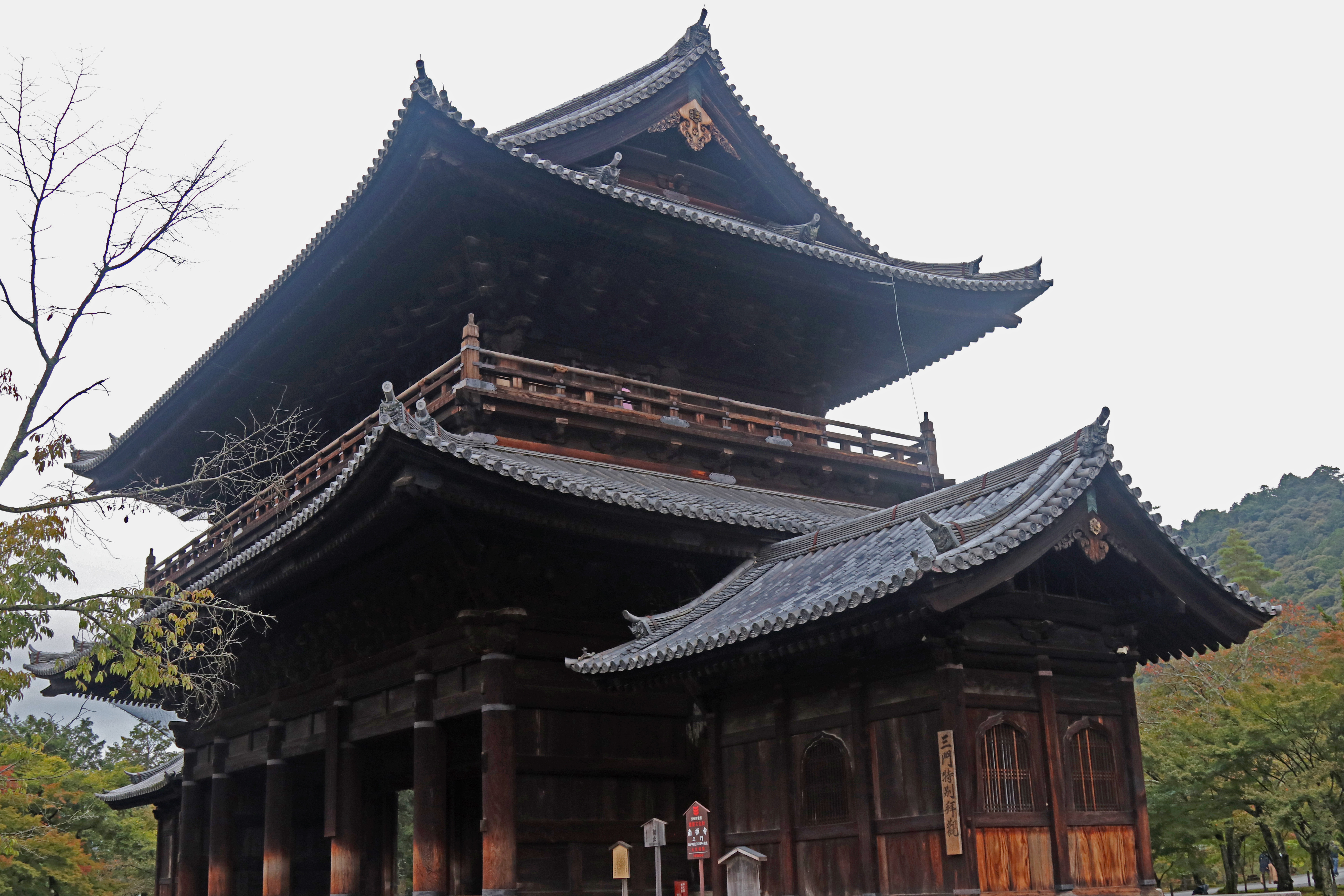
Through the main gate is Nanzenji’s former head priest’s residence or Hoji and main hall. The Hojo is most famous for its rock garden, of which the rocks are said to resemble tiger’s and cubs crossing through water. As mentioned unfortunately it was getting late when we arrived at Nanzenji, we had lost track of time a bit! So, we didn’t have much time to take in the garden…but we will be revisiting in the future! Also highly regarded in the Hojo are the paintings on the sliding doors (fusuma), which include a more realistic portrayal of gold leaf tigers. Its only 600 yen (£4.50) to enter the Hojo, but well worth this small free!
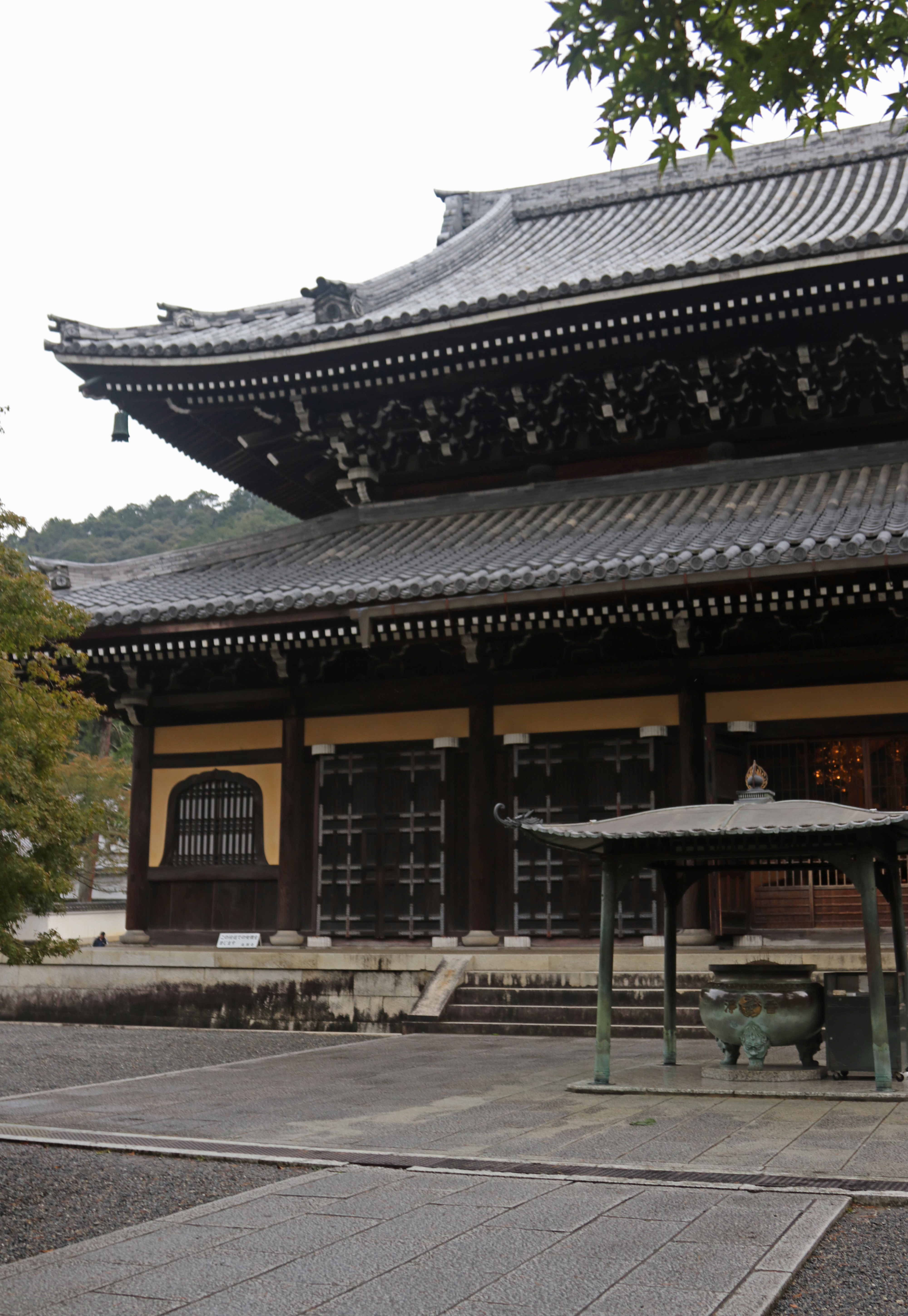
There are also many
sub-temples within the grounds of Nanzenji, including the Nanzenin Temple,
Konchi-in Temple and the Tenjuan Temple.
One of the sub-temples we visited was the Tenjiuan Temple of which it had a small entrance fee of only 400 yen (£3,00). The temple is dedicated to the Zen master who served Emperor Kameyama and its main hall and gate date back to the early 17th century. The temple has really pleasant gardens, which include an immaculate raked rock garden and pond garden which flows through some of the surrounding woodland, there are also many nice features within the garden, including viewpoint, steppingstones in the pond and bridges. The gardens were particularly attractive at the time of year we visited due to the autumn colours.
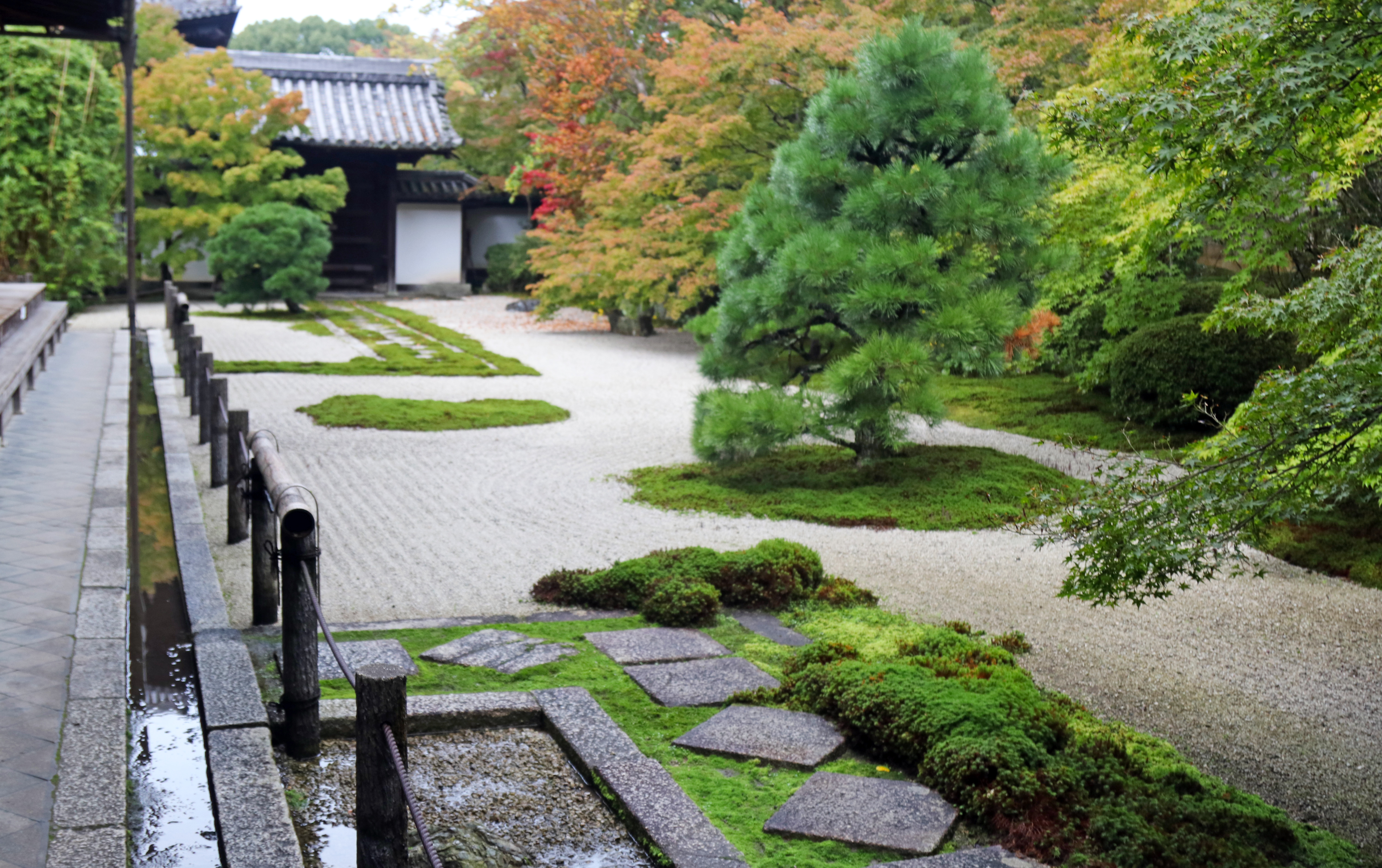
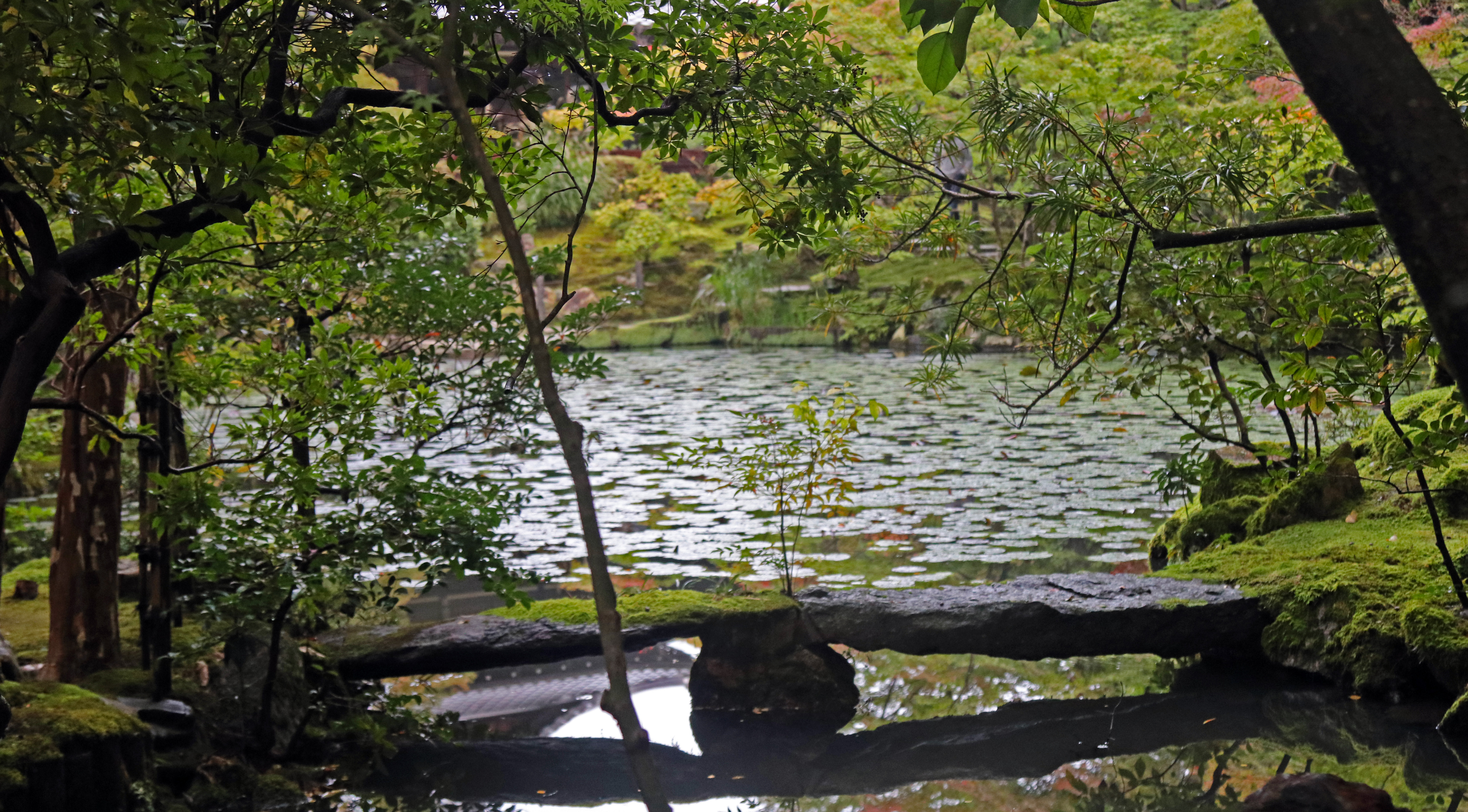
All the places we mentioned in this article we visited in a single day, and so ended the day at Nanzenji with the setting sun, before catching the bus we decided to go a for a little walk around the area and came across the biggest torii gate we had ever seen, it was massive! The torii gate was located next to Kyoto City’s Museum of Art and conveniently had the correct bus stop located under it!
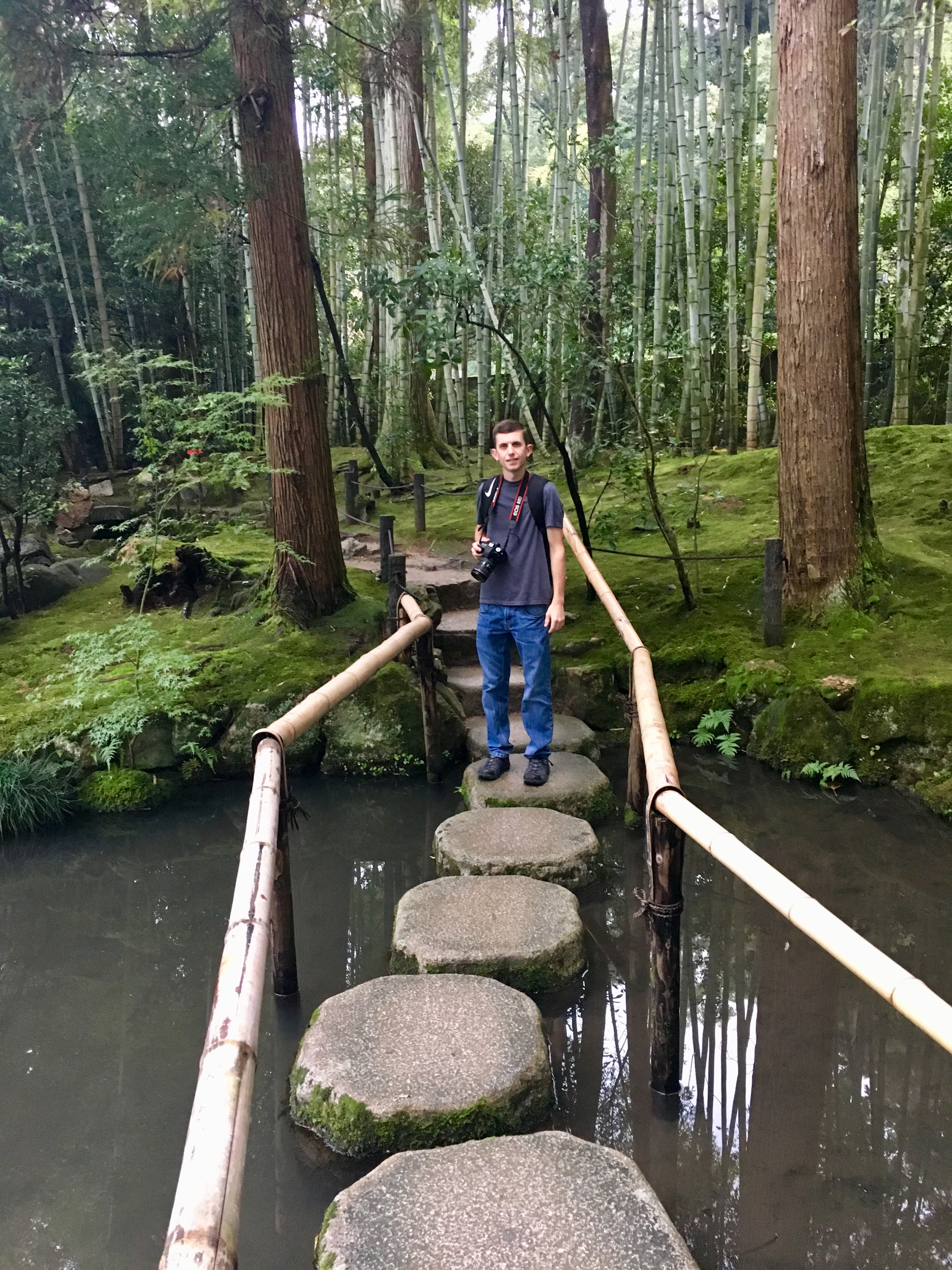
Please find our other Kyoto articles in the 'Kyoto' section of the website.
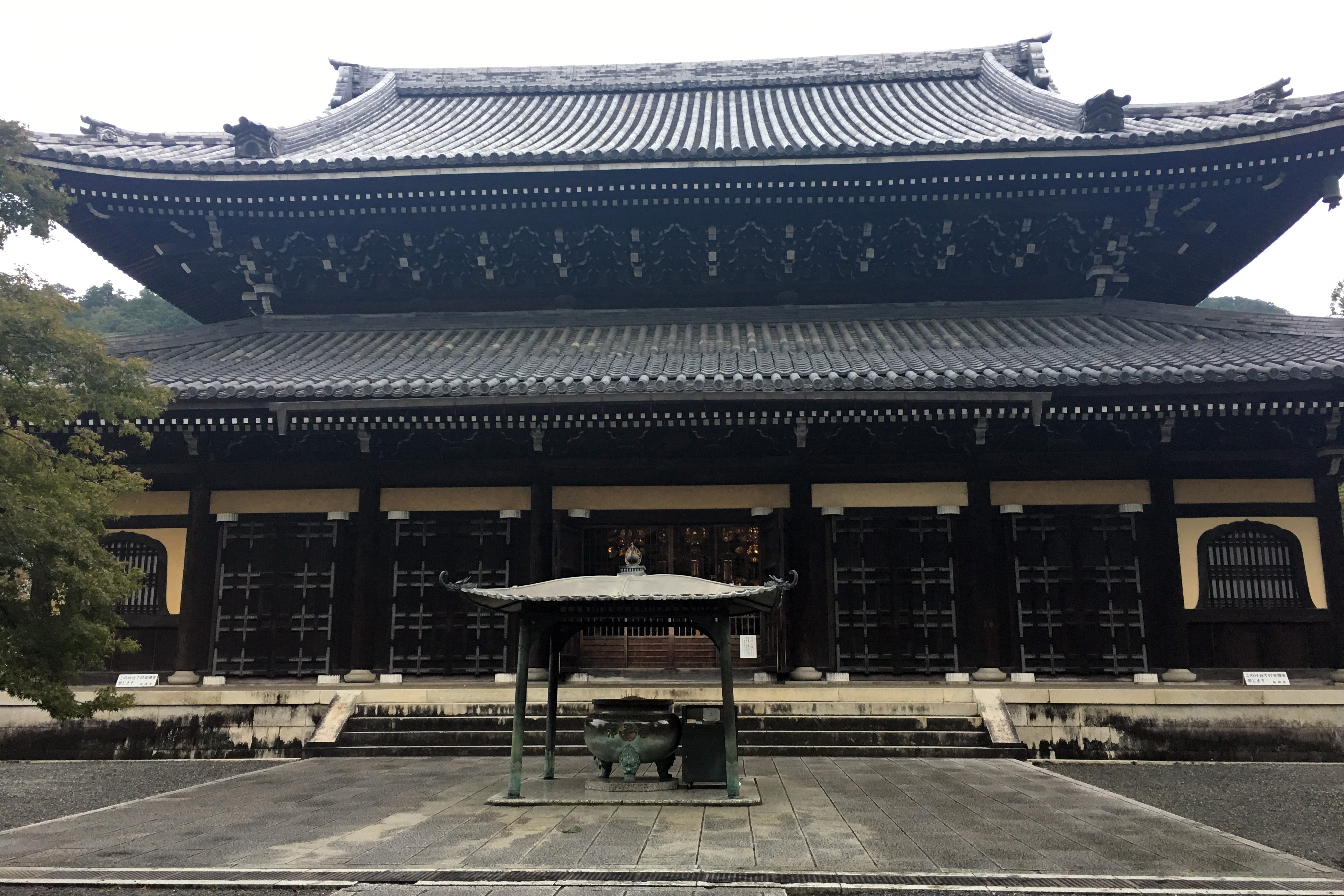
Unfortunately, when we visited, it was getting to the end of the day and we were losing the light, but we still managed to take in Nanzenji’s grounds and its finest sub-temples. Nanzenji’s central grounds are free of charge and open to the public, although there are separate fees for entering the temple buildings and sub-temples. One of Nanzenji’s most striking features is its massive Sanmon entrance gate, which extends over the treetops and was constructed in 1638.
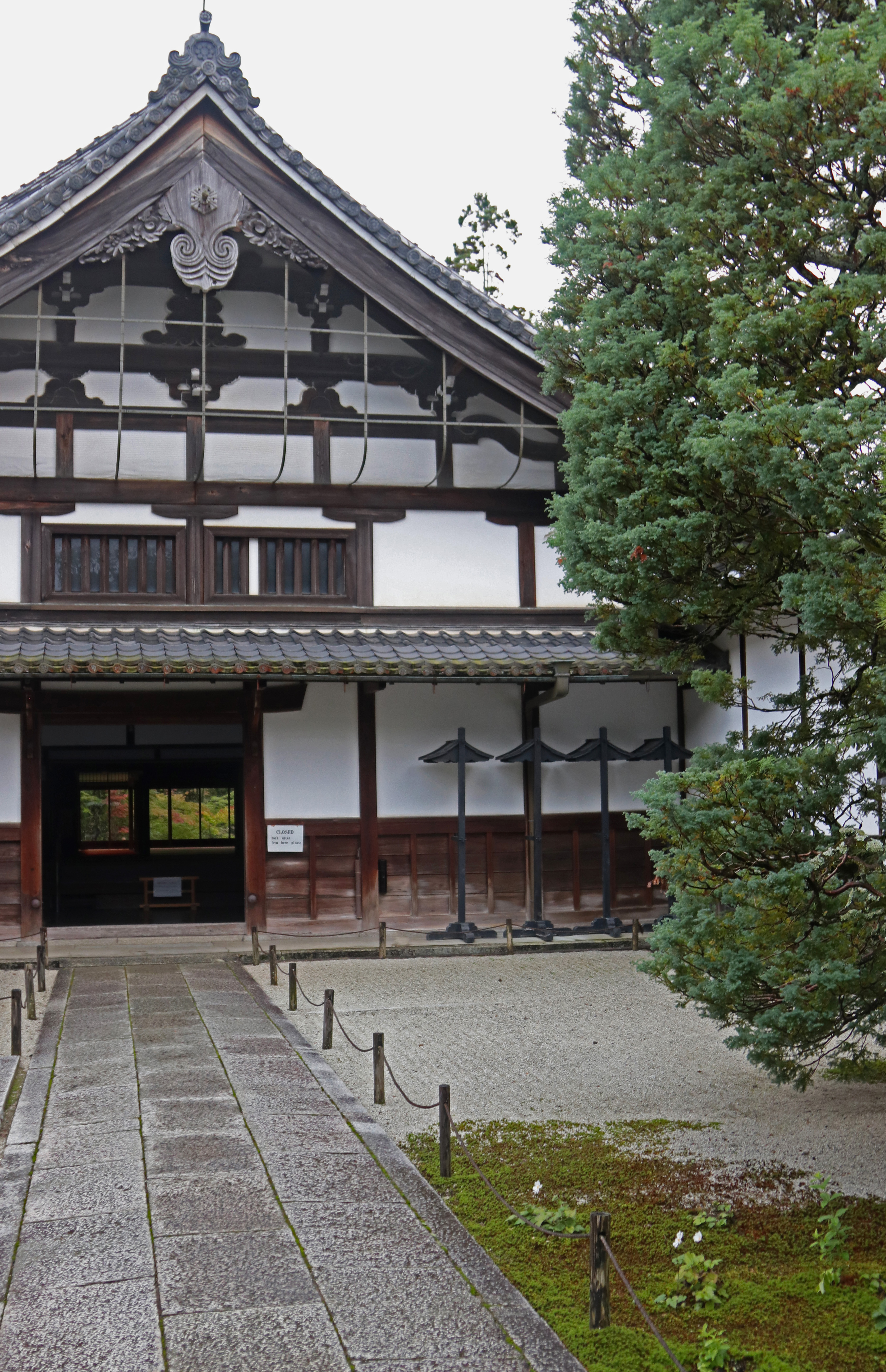
Once outside the Hojo and back in Nanzenji’s public grounds, there is a very impressive large brick aqueduct which goes through the temple grounds and was built in the Meiji Period (1868-1912). Mentioned earlier in the article, the aqueduct is part of the canal system which runs along the Philosopher’s Path. The canal was built to carry water and goods between Kyoto and Lake Biwa.
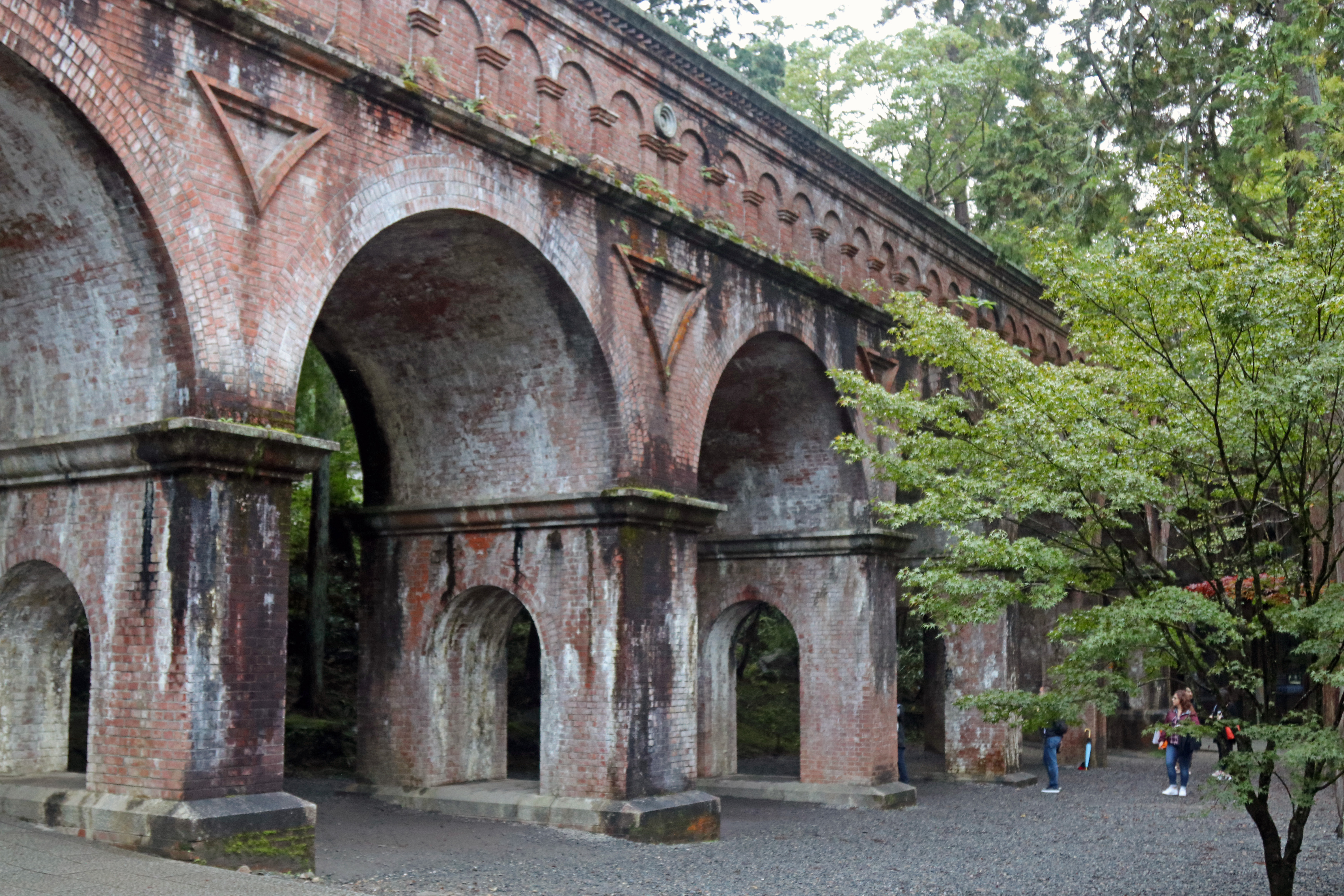
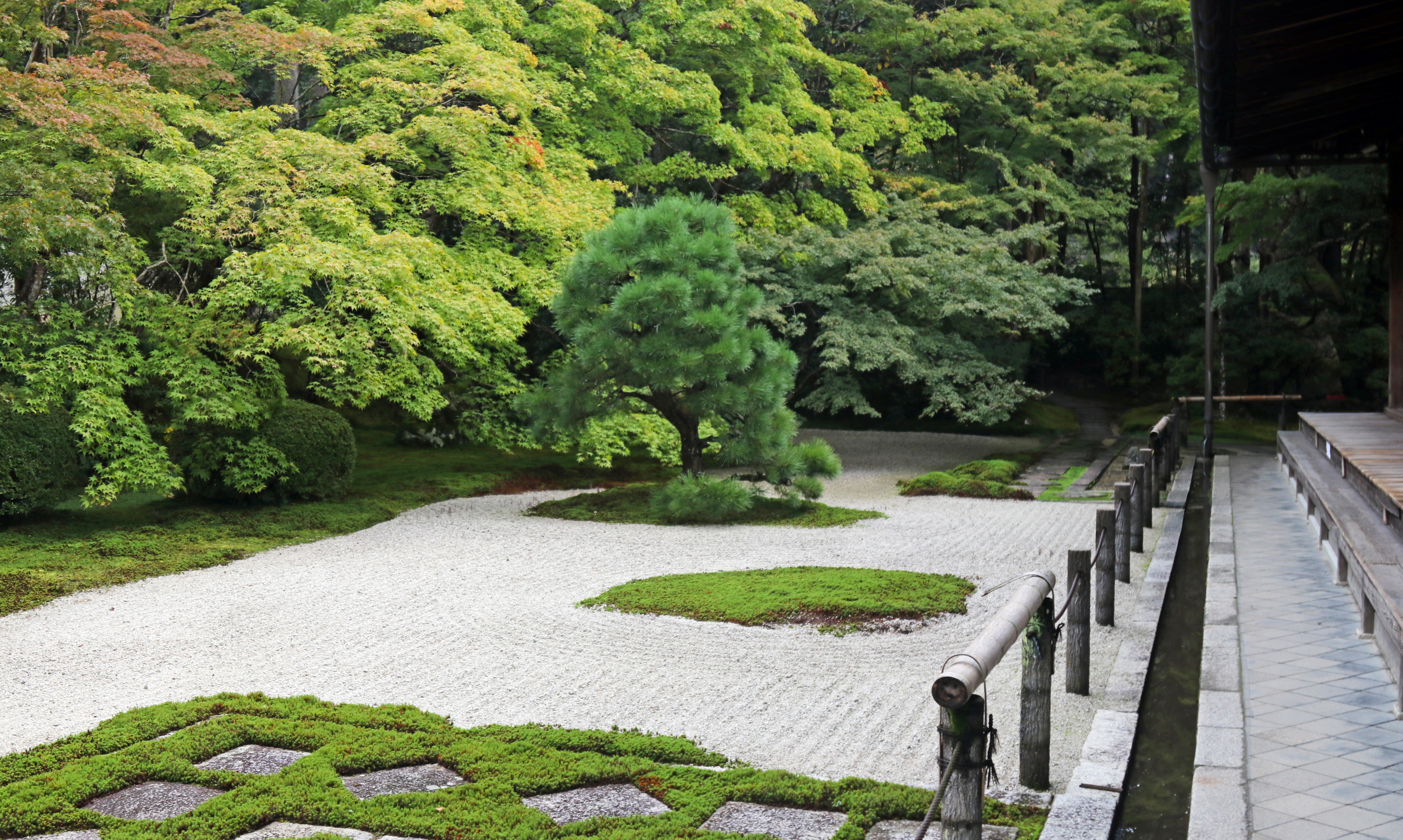
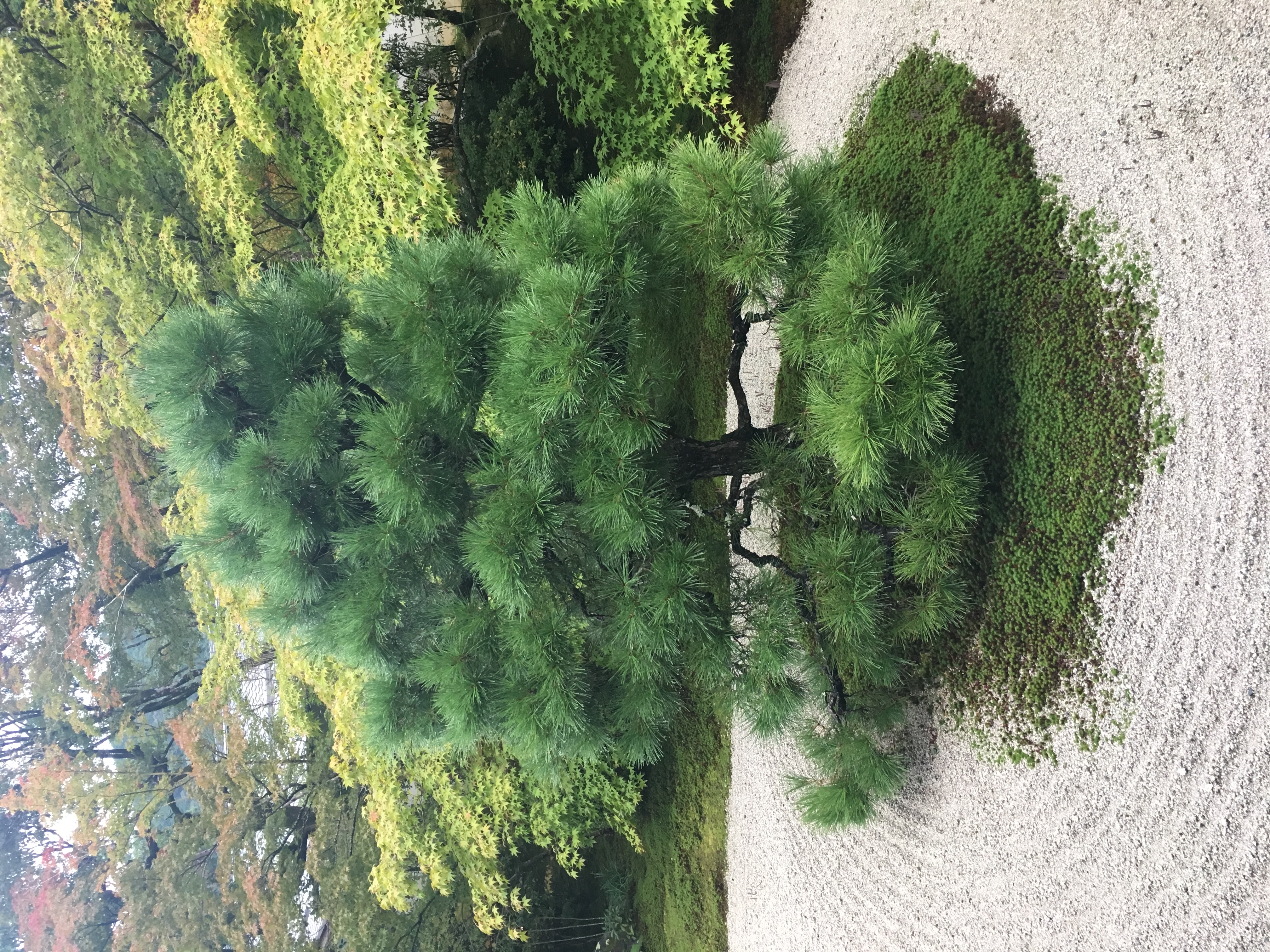
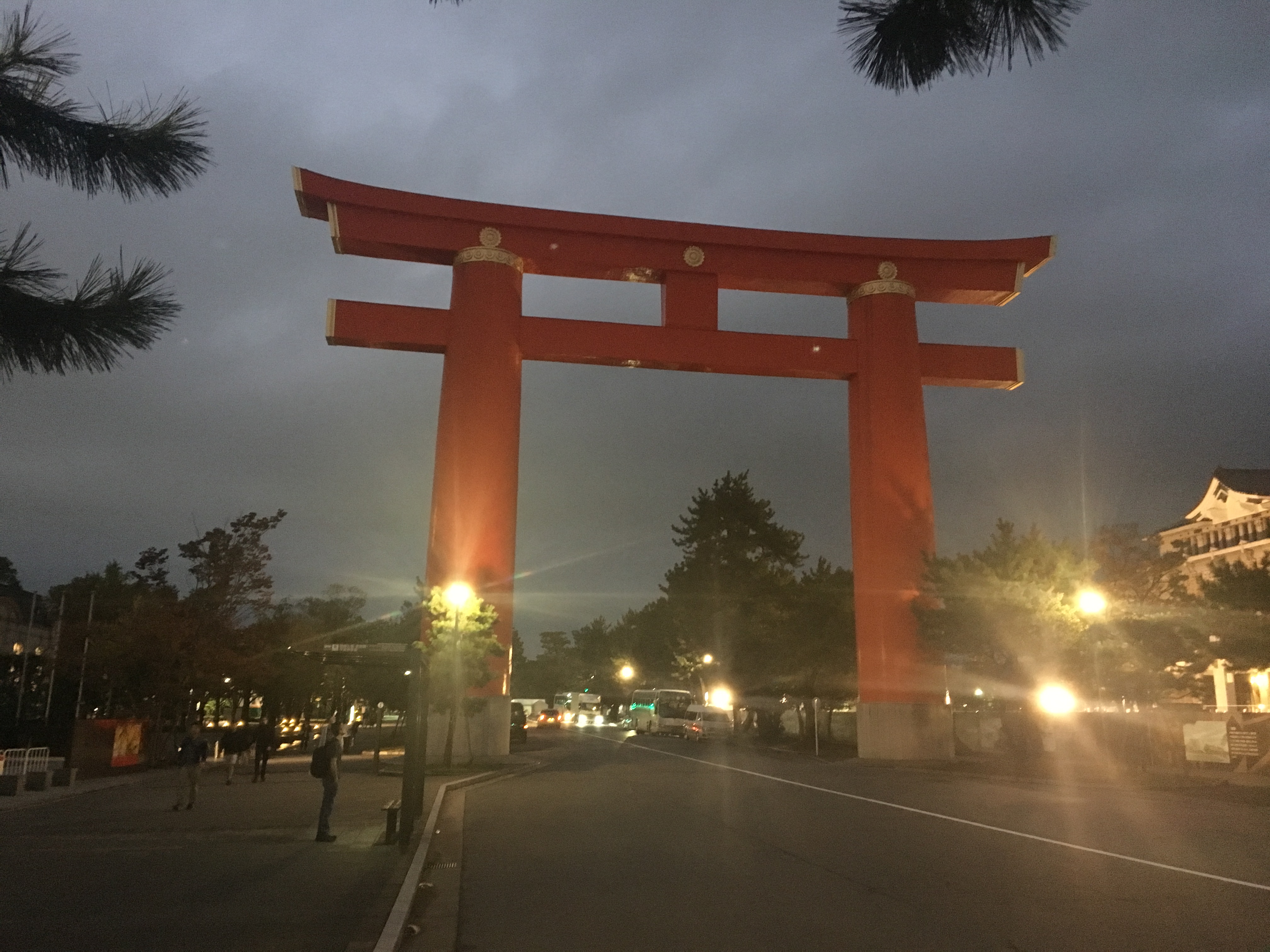
So, we caught the bus
back to Kyoto station, which was near where our hotel was located, and after a
quick freshen up, we went out for a walk and found a nice restaurant for an
evening meal, which involved Sushi!

